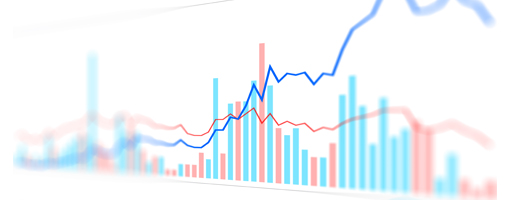The aggregate surplus of defined benefit (DB) pension schemes in the UK increased by £5.8bn in September to £446.9bn, the latest PPF 7800 Index has revealed.
Over the month, asset values decreased by almost £10bn, from £1,396.6bn to £1,387.5bn.
However, this was more than offset by liabilities falling by nearly £15bn, from £955.5bn to £940.6bn.
The PPF attributed the movement to a sharp rise in gilt yields, which resulted in the fall in assets being outpaced by the reduction in liabilities.
DB schemes’ funding ratio increased from 146.2 per cent at the end of August to 147.5 per cent at the end of September.
The number of schemes in deficit fell from 473 to 461 during the month, while the number of schemes in surplus rose from 4,658 to 4,670.
The deficit of the schemes in deficit fell from £2.3bn to £2.2bn during the same period.
“Over the past month we’ve seen estimated aggregate funding levels improve, with an increase of over £5bn recorded at the end of September, while the funding ratio increased by over a percentage point to 147.5 per cent,” said PPF chief actuary, Shalin Bhagwan.
“This was due to a sharp rise in yields, which meant that the fall in liabilities outpaced the fall in assets. Yields in long-dated gilts rose alongside other global government bonds as markets price in rates remaining higher for longer and the impact of elevated government borrowing globally starts to impact term premium.
“Improved funding levels across the universe will bring end-game planning into sharper focus for many schemes, something that is already reflected in the buyout market, which is on track for a record year.
“Whilst the market, in its current state, appears to be conducive for innovation and attracting new entrants, buyout may not be an appropriate or achievable end-game for a significant number of DB pension schemes.”
Broadstone senior actuarial director, Jaime Norman, added: “The funding environment for DB schemes appears to have stabilised after significant increases over the past couple of years.
“Pension schemes remain in a healthy position and the solidity in funding positions will provide further encouragement to pursue de-risking opportunities as quickly as possible. With intense competition it means that schemes must work hard to make put themselves in the strongest position to first attract the attention of insurers, and second to convert that interest into engagement.
“The pipeline looks to remain steady for insurers for some years and even well-prepared smaller schemes may find themselves joining the rearguard. Finding an administrator who will give a scheme the care and attention it deserves will help trustees to keep readiness to act.”
Latest News
-
Over-taxation concerns persist as repayments exceed £1.4bn
-
PA Spring Conference: BBB to establish investment vehicle to attract pension fund investment in venture capital
-
Employers urged to step up on social mobility amid 'diversity-washing' concerns
-
News in brief - 25 April 2025
-
This week in pensions: 21-25 April 2025
-
Govt confirms plans to include small pots solution in Pension Schemes Bill
Being retirement ready
Gavin Lewis, Head of UK and Ireland Institutional at BlackRock, talks to Francesca Fabrizi about the BlackRock 2024 UK Read on Retirement report, 'Ready or not. How are we feeling about retirement?’
Time for CDI
Laura Blows speaks to AXA Investment Managers (AXA IM) senior portfolio manager for fixed income, Rob Price, about cashflow-driven investing (CDI) in Pensions Age’s latest video interview
The role of CDC

In the latest Pensions Age podcast, Laura Blows speaks to TPT Retirement Solutions Chief Client Strategy Officer, Andy O’Regan, about the role of collective DC (CDC) within the UK pensions space
Keeping on track

In the latest Pensions Age podcast, Sophie Smith talks to Pensions Dashboards Programme (PDP) principal, Chris Curry, about the latest pensions dashboards developments, and the work still needed to stay on track
© 2019 Perspective Publishing Privacy & Cookies
















Recent Stories